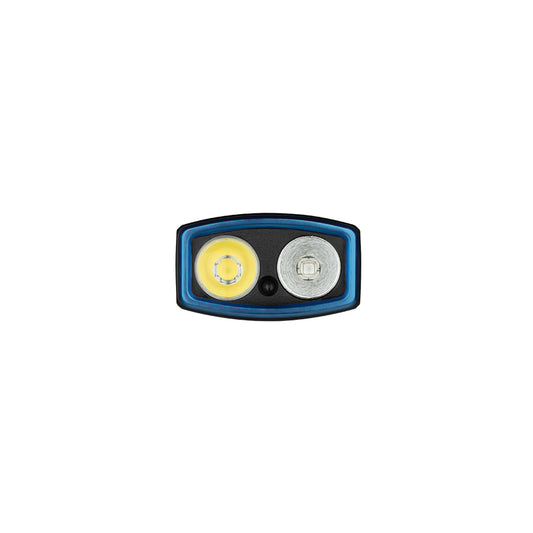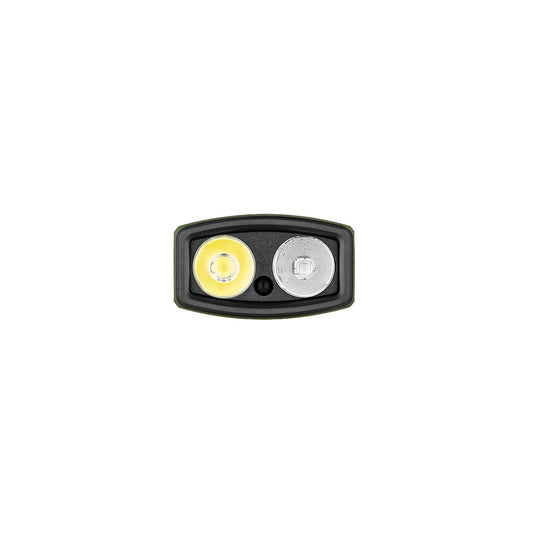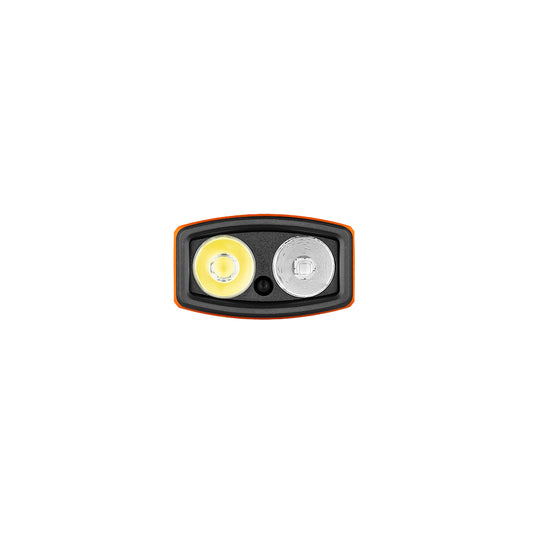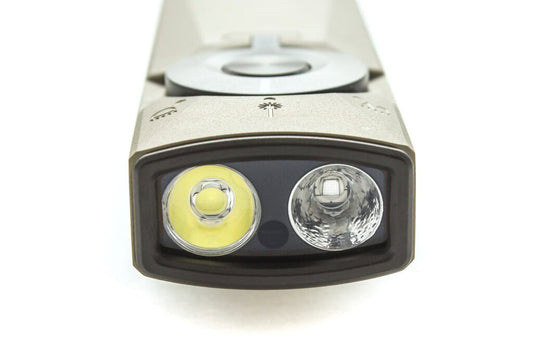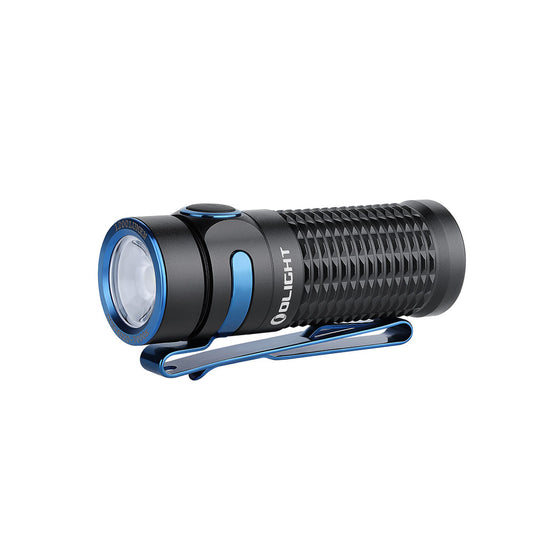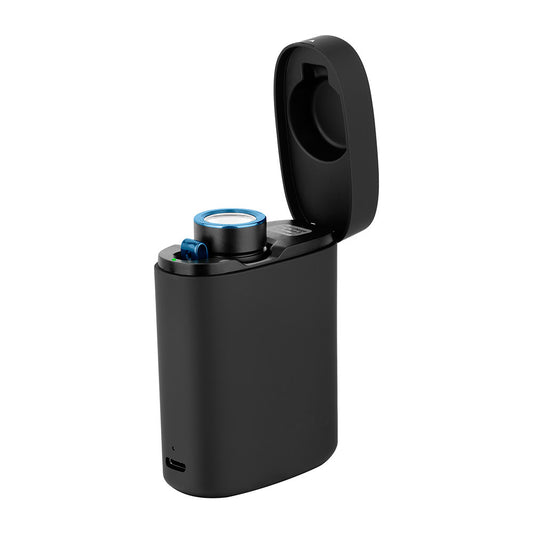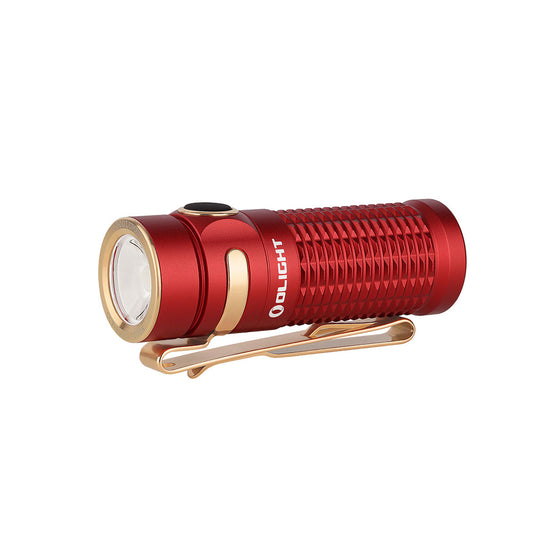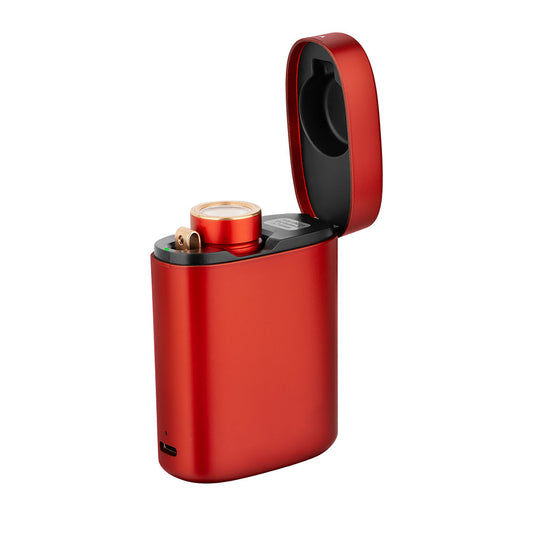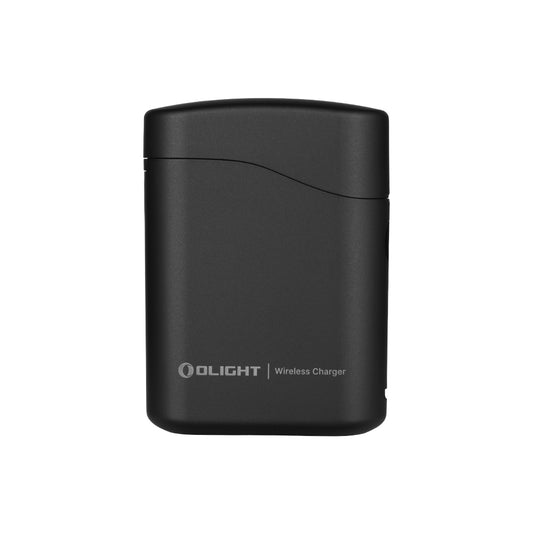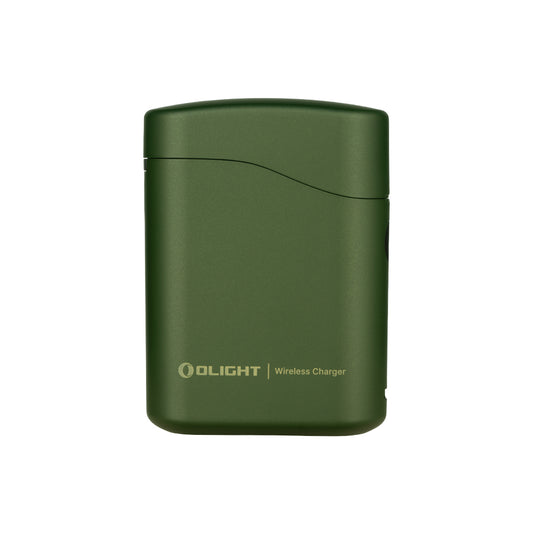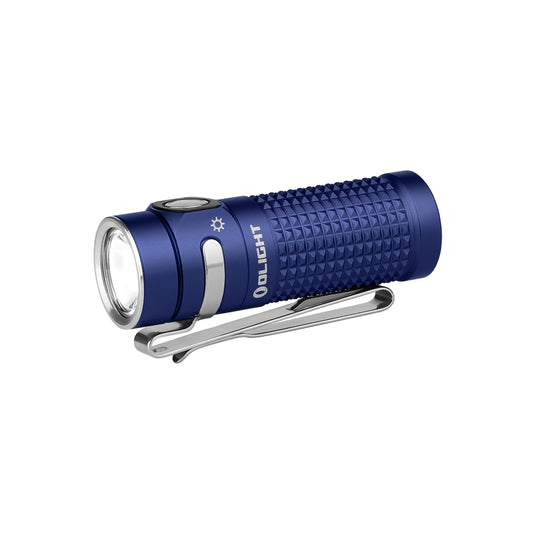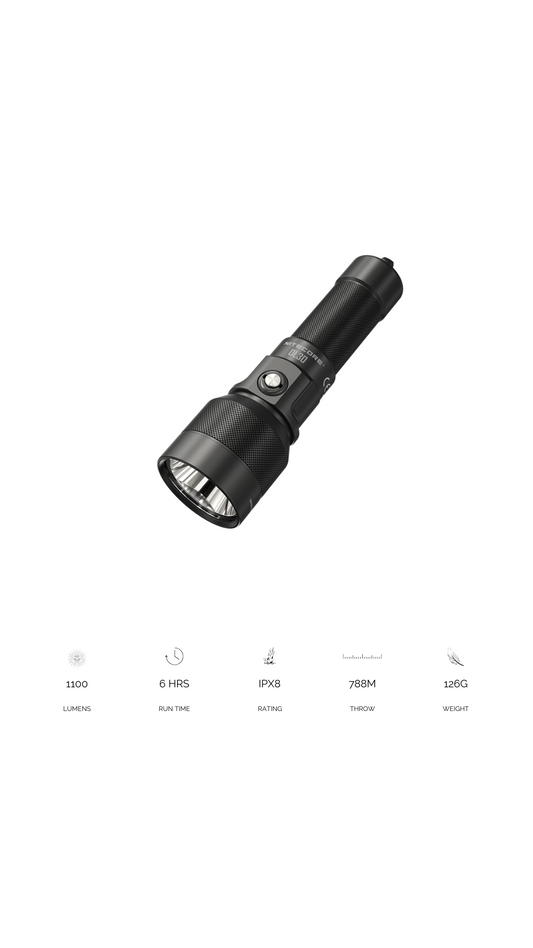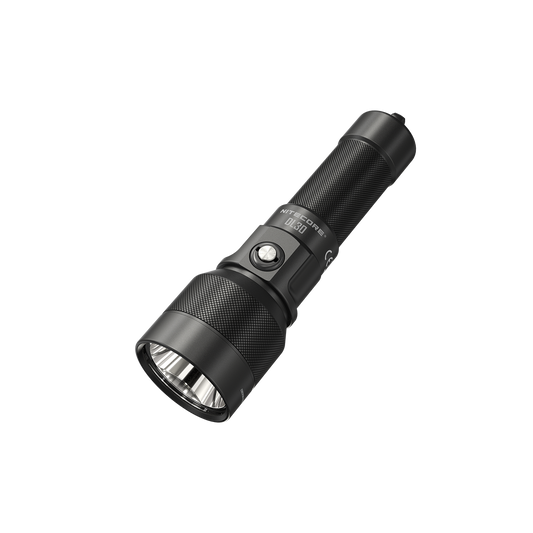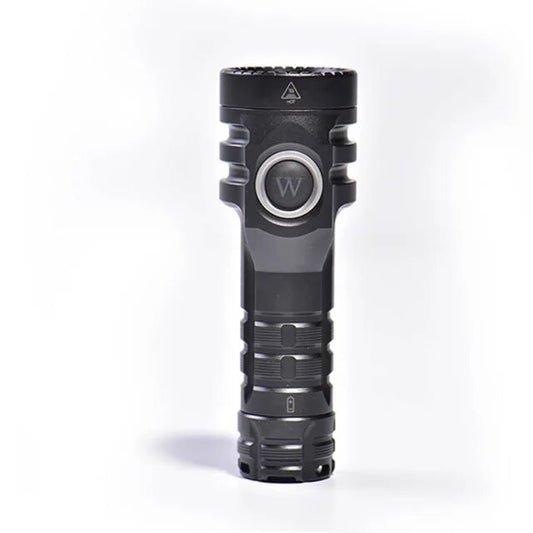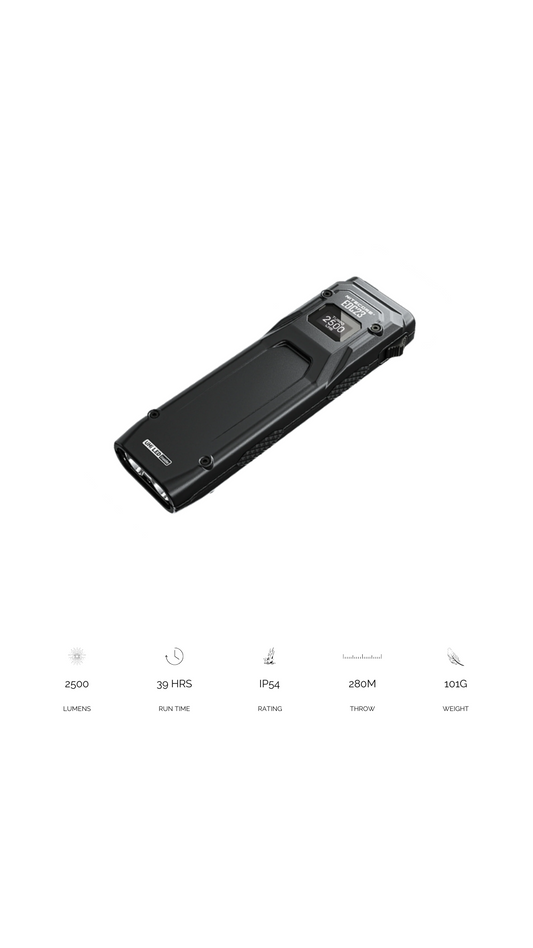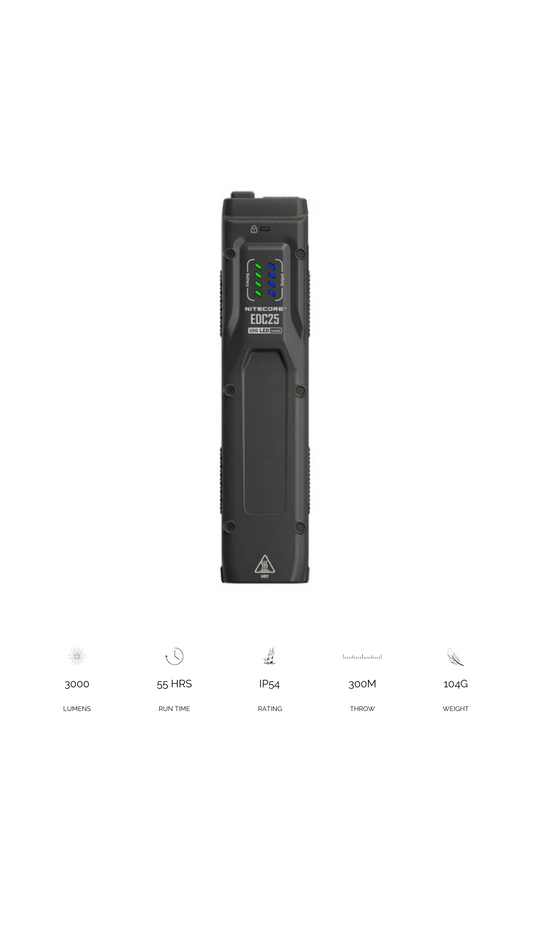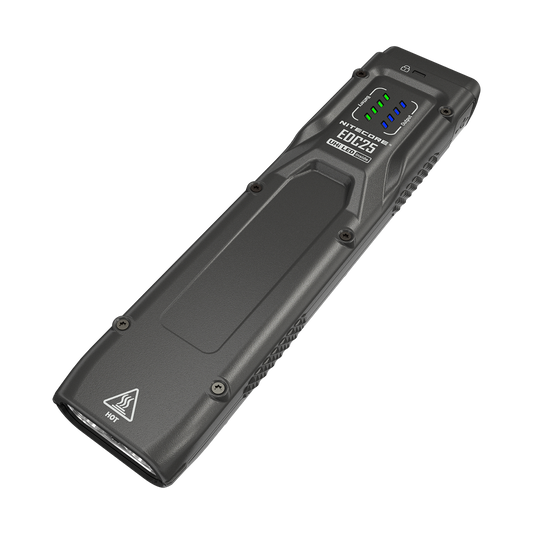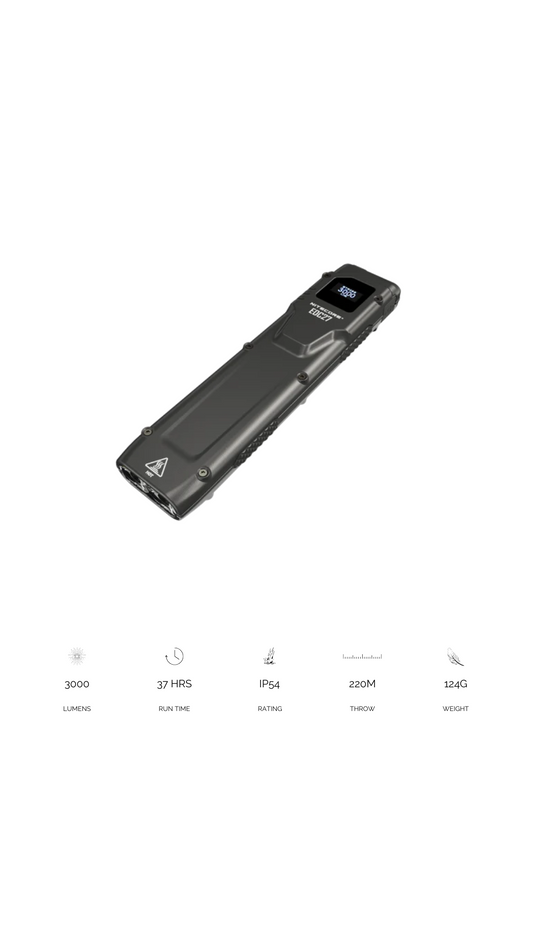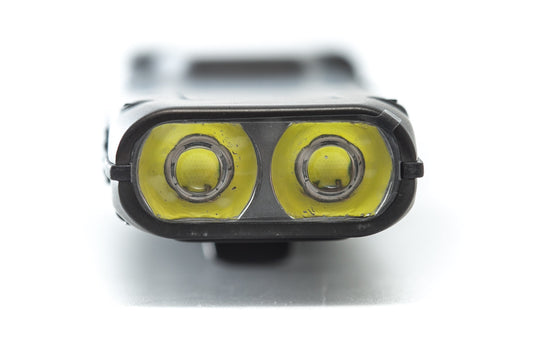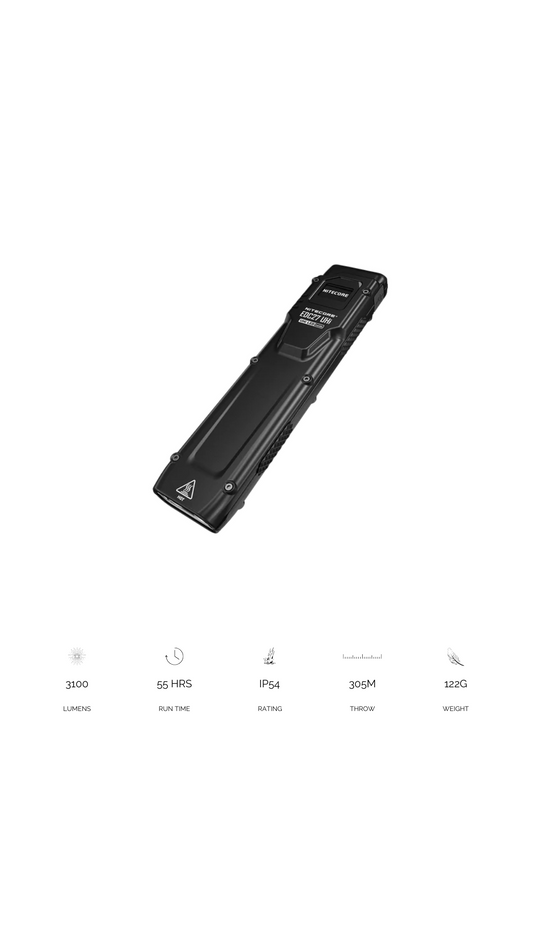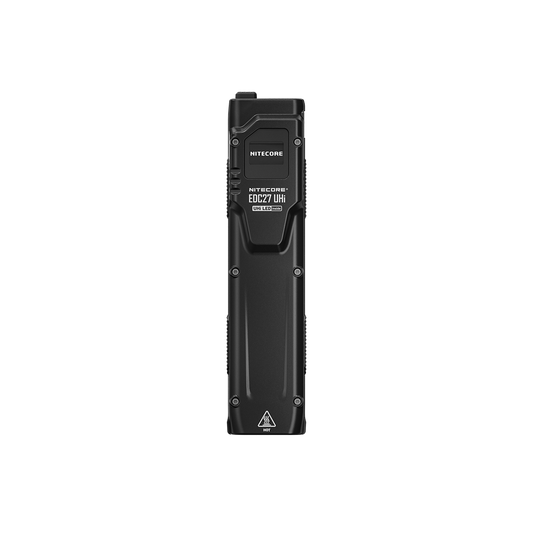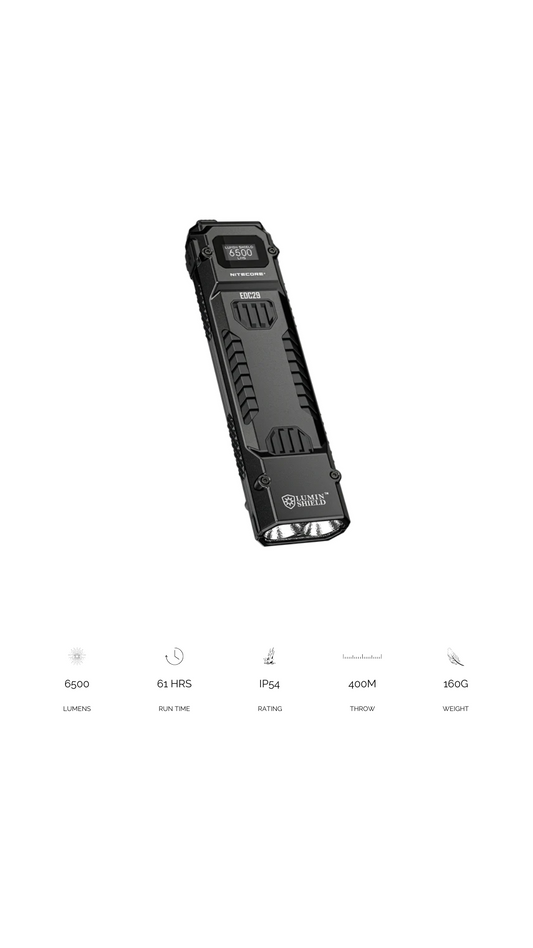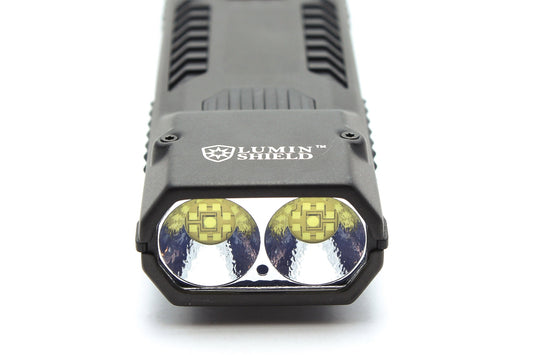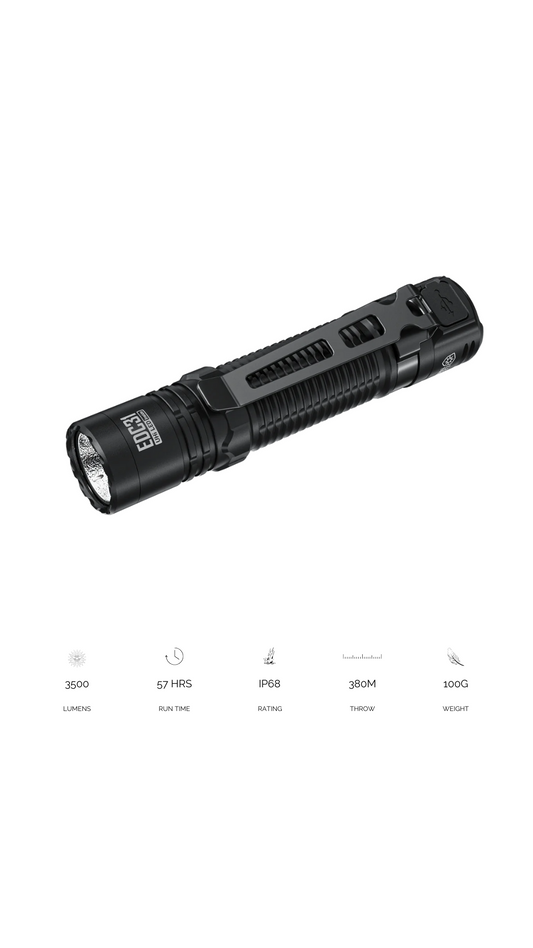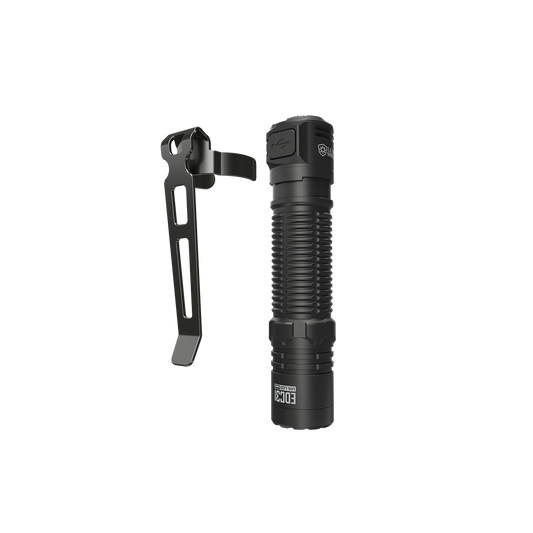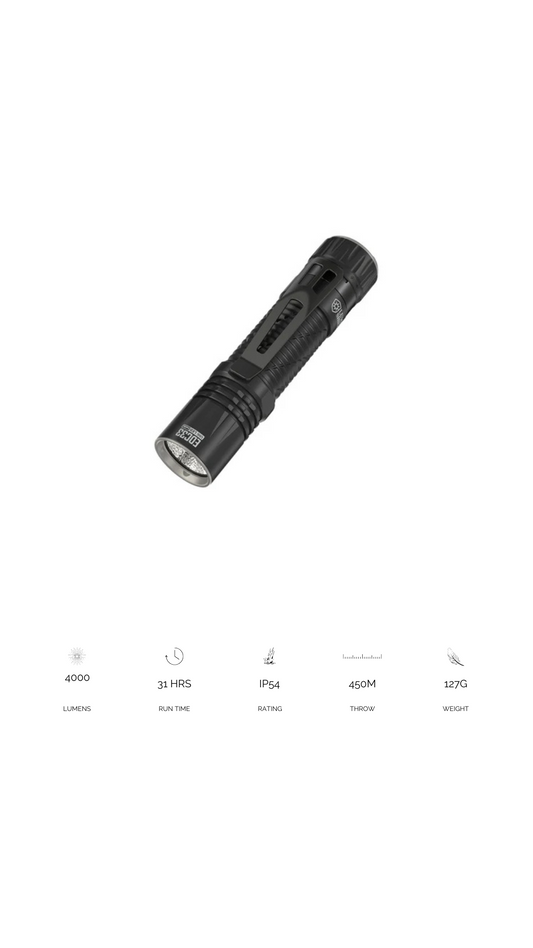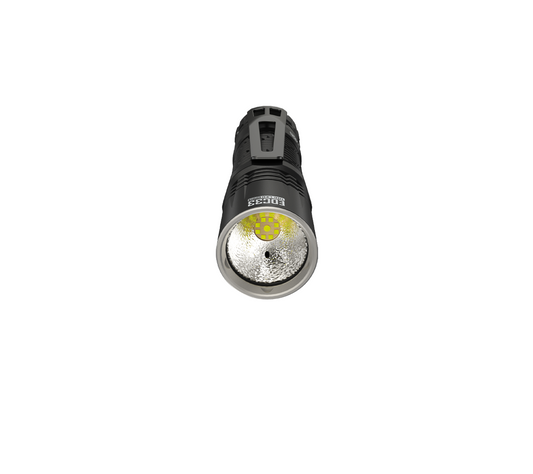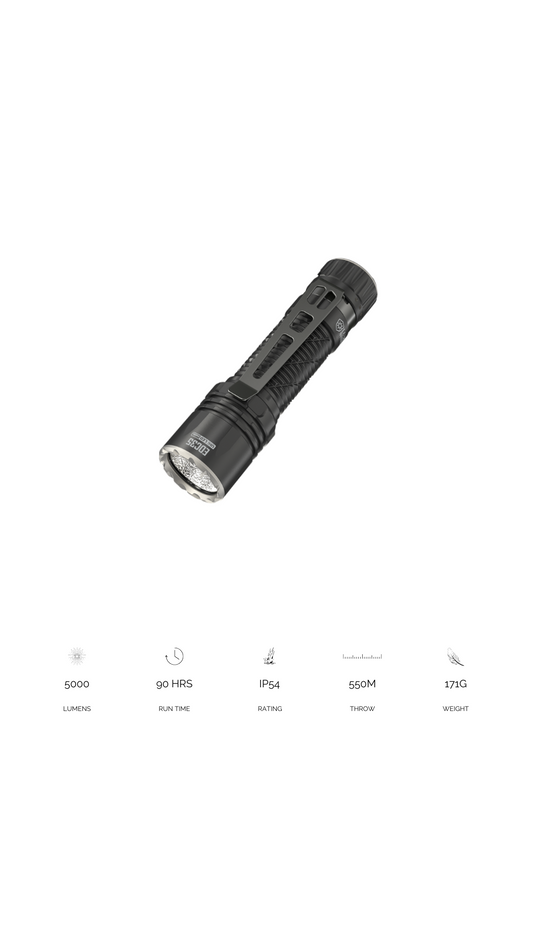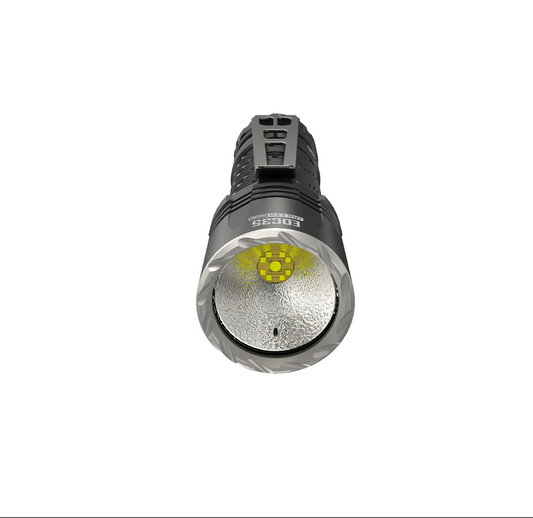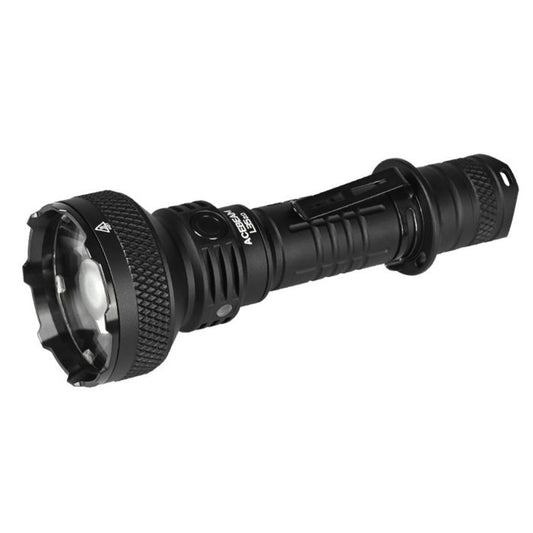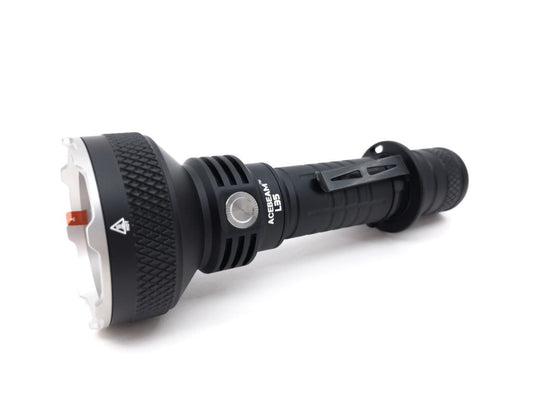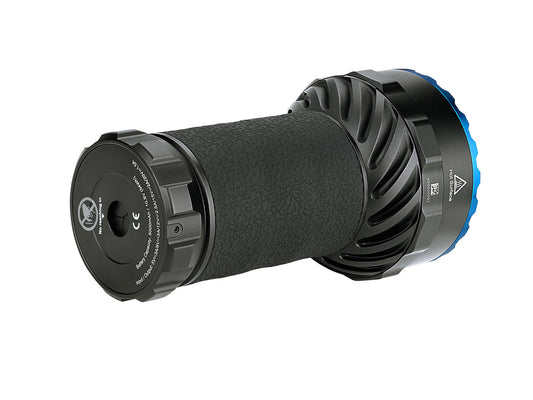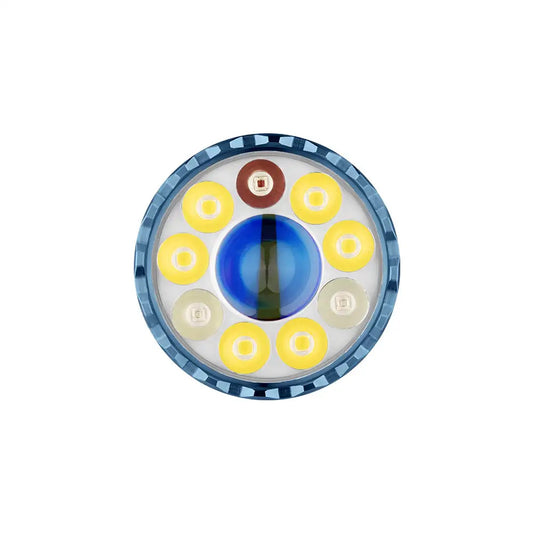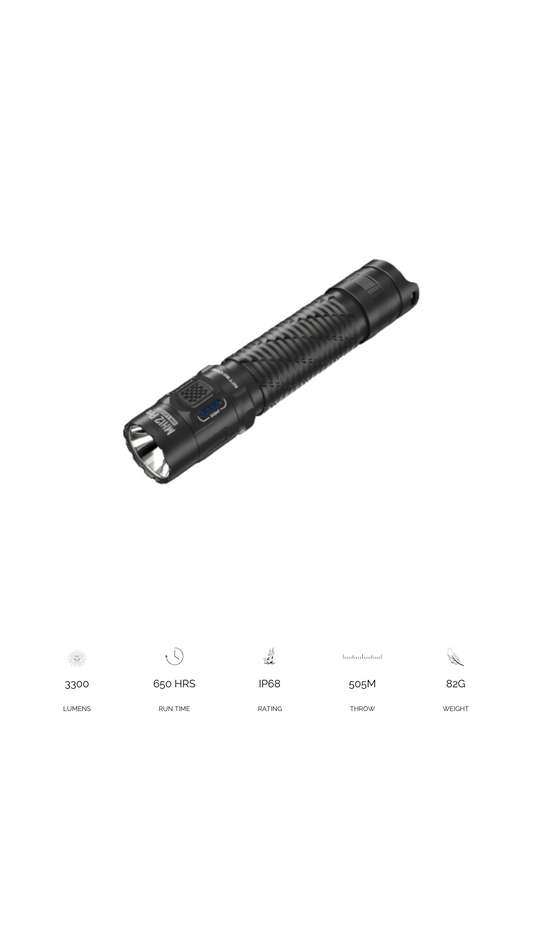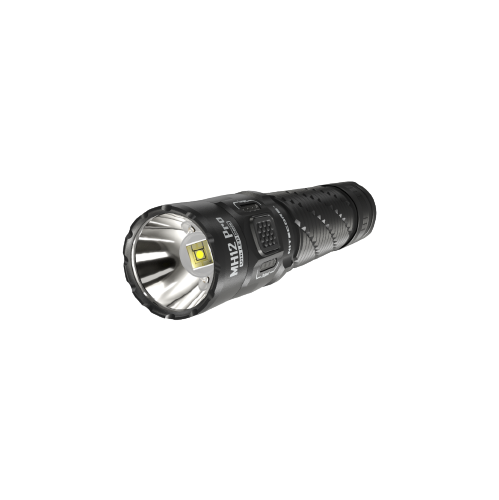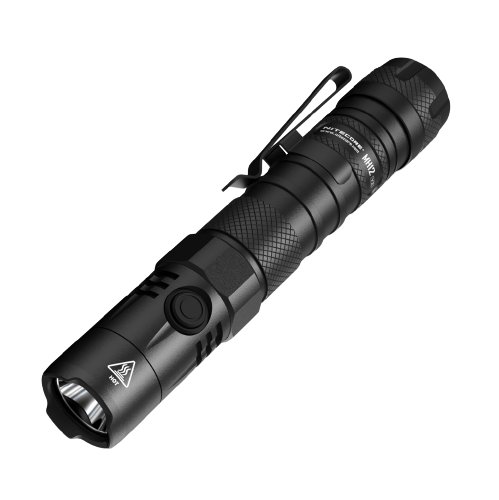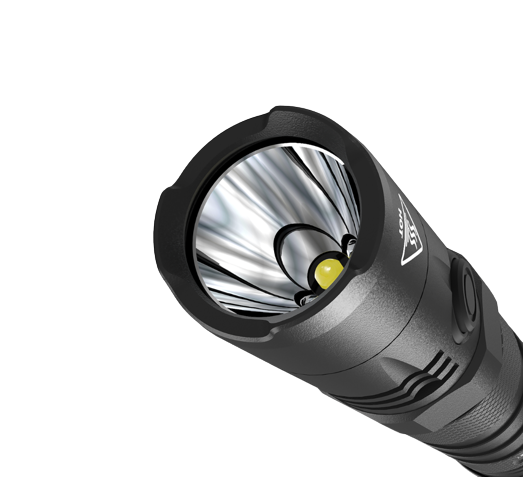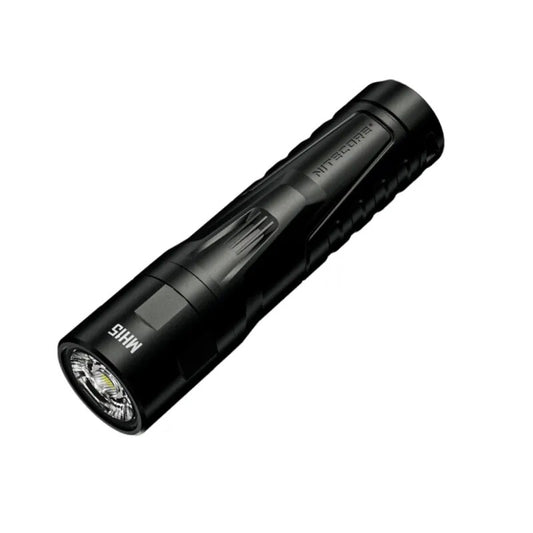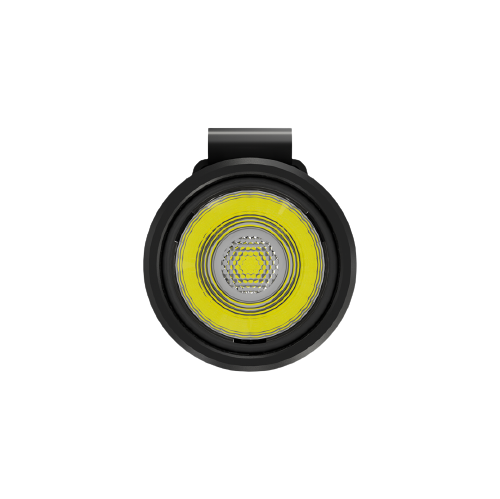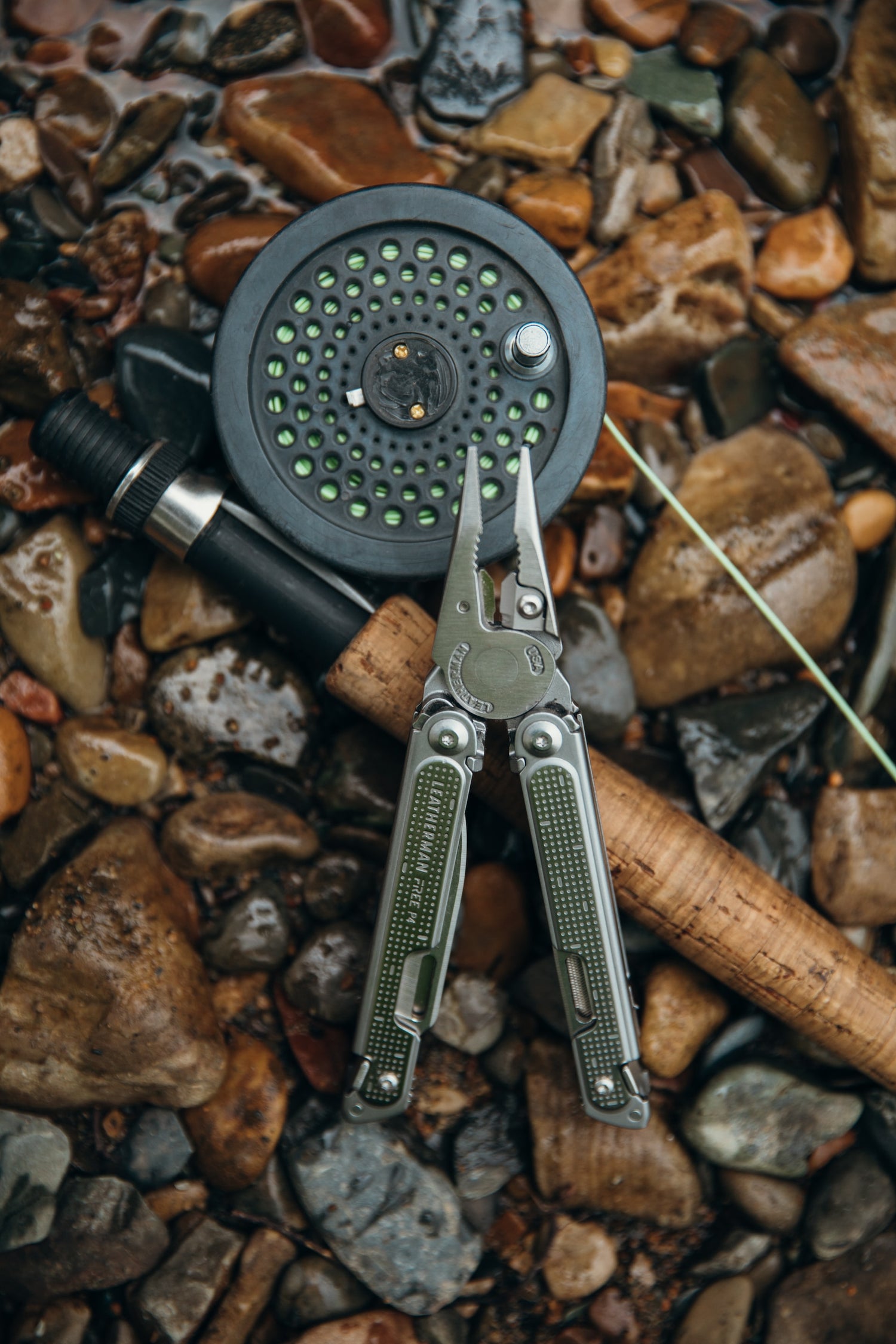
EDC eh? Start here. Part 3
Multitools
Emergencies can strike without warning, underscoring the importance of preparedness. Keeping a multi-tool at your disposal is a wise step in this direction, whether you find yourself stranded on a remote road or facing issues within your home. A multi-tool can be the difference between success and peril, especially when time is of the essence or when you lack access to other resources such as a knife or a phone. For instance, imagine accidentally locking yourself in a room; if your multi-tool includes a screwdriver function, you can simply remove the door's screws and free yourself.
There are numerous reasons to include a multi-tool in your everyday carry. Whether you work in a garage, have an extensive toolbox in your vehicle, rely on your knife for most tasks, or seldom venture beyond your secure surroundings, a single critical situation can highlight the advantages of a multi-tool. A broken knife blade, a day away from your workshop, or an unopened bottle without a dedicated opener – all these scenarios can make you realize the value of a multi-tool. When you decide to embrace this essential tool, it's crucial to understand what to look for in one. Below, we'll explain common terminology and their significance in your selection process.
It's important to note that a multi-tool cannot replace a complete set of traditional tools, as they serve different purposes. Wrenches and screwdrivers, in their conventional, bulkier forms, exist because certain situations require substantial torque, pressure, or leverage. Therefore, it's essential to understand this distinction when adding to your everyday carry. Multi-tools excel as on-the-spot, ever-ready solutions to challenges you may encounter during your daily activities. For more extensive tasks like building a rollercoaster from an erector set, conducting a ground-up vehicle refit, or assembling multiple pieces of Ikea furniture, your traditional tools remain indispensable. That's precisely why they exist.
The idea of combining various tools into a single, multifunctional package is not a new one and dates back to the time of the Roman Empire (circa 201-300 A.D.). The earliest examples were primarily designed for dining, providing Roman soldiers with a portable set of utensils that was more practical than traditional silverware. However, it wasn't until World War II that the multi-tool gained modern global prominence. The famous 'Swiss Army Knife,' crafted by Victorinox, played a pivotal role in popularizing this concept. While it's often categorized as just a knife, it goes far beyond that with its additional functions. This comprehensive, pocket-sized multi-tool became a ubiquitous companion for soldiers, outdoor enthusiasts, and craftsmen worldwide. In recent times, engineers, designers, and metalworkers have revisited this concept, creating unique, highly functional multi-tools that are readily accessible and offer various carrying options.
This versatile tool serves as an indispensable companion, compact and equipped with a diverse array of functionalities, eliminating the need to carry multiple individual tools that add unnecessary weight to your portable arsenal. At its core, a quality multi-tool empowers you to accomplish a wide spectrum of tasks that would typically require lugging around an entire toolbox. The beauty of it lies in the convenience of carrying just one item to access a rich set of features.
The fundamental premise behind the multi-tool is readiness, a concept that curiously seems lacking in many people's everyday carry gear, especially considering that preparedness is a fundamental principle of EDC. This apparent oversight puzzles us, and our goal is to address it. Multi-tools, at their essence, exemplify utilitarianism unlike nearly anything else in the realm of EDC. Each feature serves a functional purpose, leaving little room for unnecessary materials or design elements. In a single word, they are undeniably useful.
Multi-tools excel at offering simple yet effective solutions to everyday challenges. Most encompass a variety of functions, and some possess ingenuity that allows for unconventional applications with a touch of imagination. While they may not be suitable for complex tasks, they handle common duties such as tightening screws, measuring, opening bottles, prying, cutting, scoring, and more with ease. In essence, multi-tools epitomize the principles of EDC in a tangible form.
When faced with a loose screw, a stray thread, or an unopened bottle, an everyday carry multi-tool proves far more accessible and efficient than going to your toolbox, finding the right tool, performing the task, and then returning it. There's no need to break your focus; simply reach into your pocket, retrieve the tool, and get the job done, saving both time and frustration.
You may not always need a ruler, hex driver, bottle opener, pry bar, or the other functions your multi-tool offers, but you'll appreciate their inclusion when the need arises. Multi-tools represent the most efficient means of carrying various tools in an exceedingly portable format. While you might encounter situations that demand more specialized tools, these multi-tools were born out of necessity, created by individuals facing daily challenges they couldn't resolve with what they had on hand. They fashioned their solutions.
Now, let's break down the considerations for choosing a multi-tool:
- Functionality: When selecting a multi-tool, consider how many functions and what type of functions you require. Carefully review the specifications to ensure it aligns with your needs, whether you require a few specific tools to complement your existing everyday carry items or a broader range of capabilities. Also, take note of the units of measurement used (imperial or metric) based on your preferences.
- Portability: Think about how you plan to carry your multi-tool. Some models come with pocket clips or built-in attachment options for belts or keychains, while others offer solutions for accommodating keys, flashlights, or similar items. Many options can be conveniently stored in your pockets, but if space is limited, consider devices that can hang externally or fit into alternative locations, such as your wallet.
- Size: The size of your multi-tool is closely tied to its portability. Evaluate the space it will occupy within your everyday carry setup, as real estate is limited. If your multi-tool needs to serve many functions, you may need to make adjustments to the size of your other EDC items to accommodate it. Conversely, if you prioritize a compact multi-tool, finding a balance within your limited space becomes more crucial.
- Materials: The durability and longevity of your multi-tool largely depend on the materials used in its construction. Typically, these tools are crafted from robust metals like steel, aluminium, or titanium due to their inherent strength. Multifunctional tools may incorporate alternative materials in their handles, such as wood, plastic, carbon fibre, for aesthetics or weight reduction. However, your primary concern should revolve around the quality of the tools themselves, with other factors being secondary and largely subject to personal preference.


